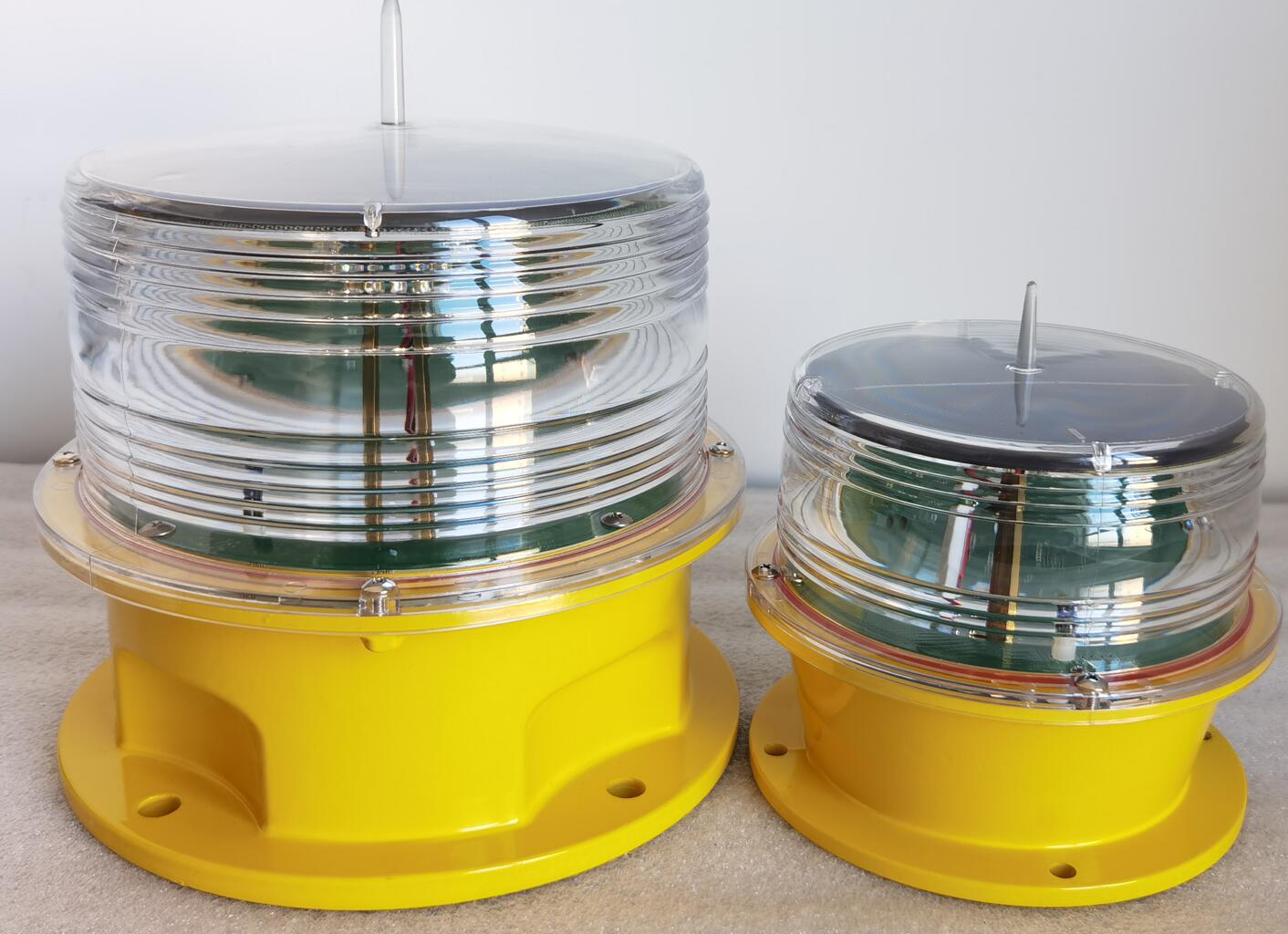Solar Powered Aircraft Warning Lights: Illuminating the Future of Aviation Safety
As the aviation industry embraces sustainable solutions, solar powered aircraft warning lights have emerged as a game-changing technology for obstacle illumination. These innovative systems combine renewable energy with advanced lighting technology to create reliable, eco-friendly markers for tall structures. Unlike traditional warning lights that rely on grid power, solar powered aircraft warning lights operate independently, making them ideal for remote locations and environmentally sensitive areas.
The Technology Behind Solar Powered Aircraft Warning Lights
Modern solar powered aircraft warning lights integrate several key components:
High-Efficiency Solar Panels
Monocrystalline silicon technology (22-24% efficiency)
Weather-resistant tempered glass coating
Optimal tilt angle for maximum energy capture
Intelligent Energy Management System
Maximum Power Point Tracking (MPPT) controllers
Deep-cycle lithium or gel battery storage
Automatic power regulation
Advanced LED Lighting Module
FAA/ICAO compliant light output
Precision-engineered optics
50,000+ hour lifespan
Durable Enclosure

IP68 waterproof rating
Corrosion-resistant materials
UV-stabilized components
| solar powered aircraft warning lights |
Key Advantages Over Conventional Systems
Energy Independence
No reliance on electrical grid
Suitable for off-grid locations
Continuous operation during power outages
| solar powered aircraft warning light |
Environmental Benefits
Zero carbon emissions
Reduced light pollution
Sustainable energy source
Cost Efficiency
Eliminates electricity costs
Minimal maintenance requirements
Long-term reliability
Easy Installation
No trenching or cabling needed
Modular design for various applications
Quick deployment
Regulatory Compliance and Standards
Solar powered aircraft warning lights must meet strict aviation safety requirements:
FAA AC 70/7460-1L (US regulations)
ICAO Annex 14 (international standards)
Light Intensity Classes:
L-810 (low intensity)
L-864 (medium intensity)
L-856 (high intensity)
Innovative Applications
Wind Farm Marking
Synchronized flashing patterns
Radar-compatible systems
Offshore wind turbine illumination
Telecommunication Towers
Remote site reliability
Minimal maintenance
All-weather operation
Urban High-Rise Buildings
Architectural integration
Light pollution control
Smart city compatibility
Temporary Construction Sites
Rapid deployment
Mobile applications
Temporary hazard marking
Future Developments
The next generation of solar powered aircraft warning lights will feature:
Smart Technology Integration
IoT connectivity for remote monitoring
Predictive maintenance capabilities
Automated performance reporting
Advanced Materials
Perovskite solar cells for higher efficiency
Graphene-enhanced components
Self-cleaning surfaces
Adaptive Lighting Systems
Weather-responsive intensity adjustment
Aircraft detection activation
Dynamic flash patterns
Implementation Best Practices
Site Assessment
Solar exposure analysis
Obstruction mapping
Installation planning
Proper Maintenance
Regular panel cleaning
Battery health checks
System inspections
Regulatory Compliance
Correct light class selection
Proper spacing and placement
Documentation and certification
Solar powered aircraft warning lights represent the future of aviation safety lighting, combining environmental responsibility with reliable performance. As renewable energy technology continues to advance, these systems will become even more efficient and intelligent, offering smarter solutions for airspace safety. For aviation authorities, construction firms, and infrastructure developers, adopting solar powered aircraft warning lights provides a sustainable approach to meeting safety requirements while reducing environmental impact. The aviation industry's path forward is clearly illuminated by these innovative solar solutions, ensuring safer skies through cleaner energy technology.
